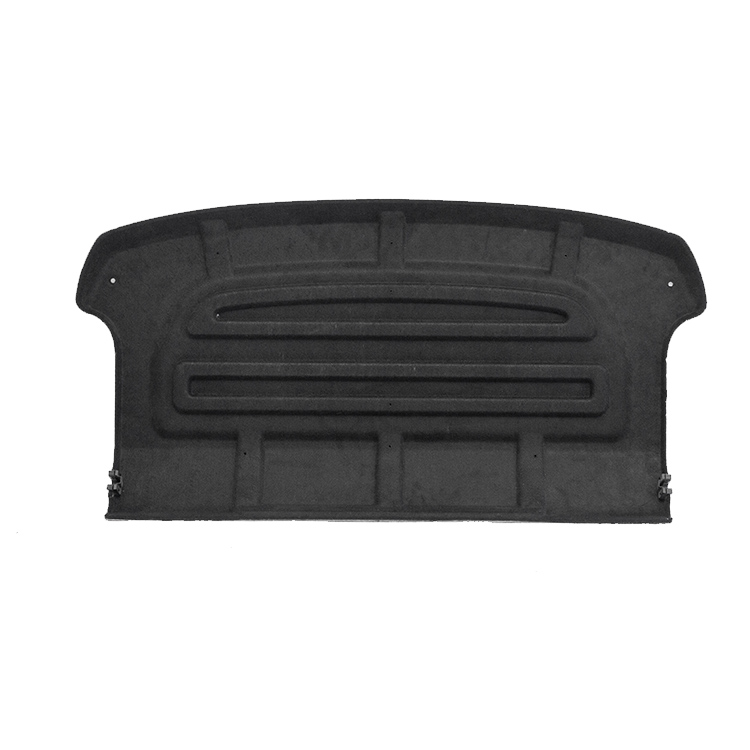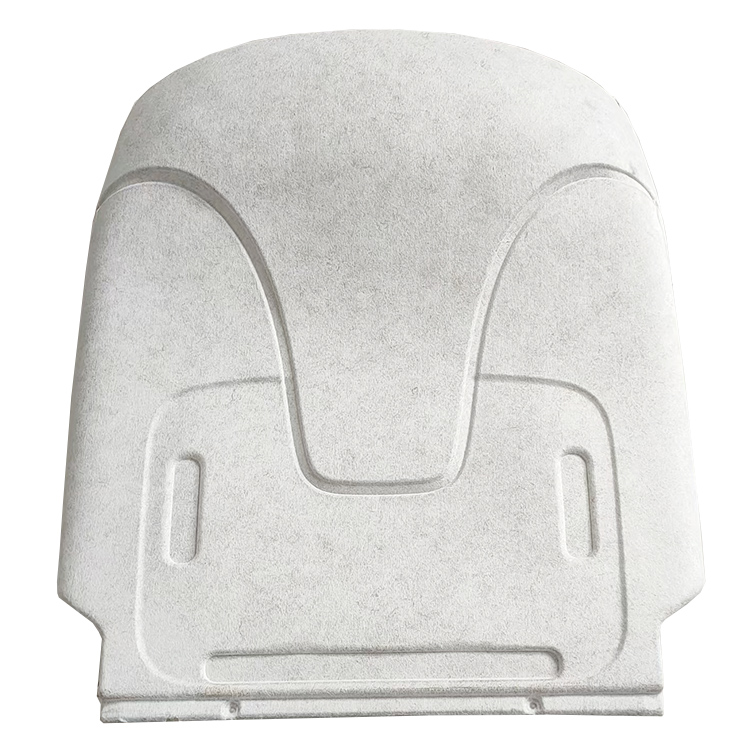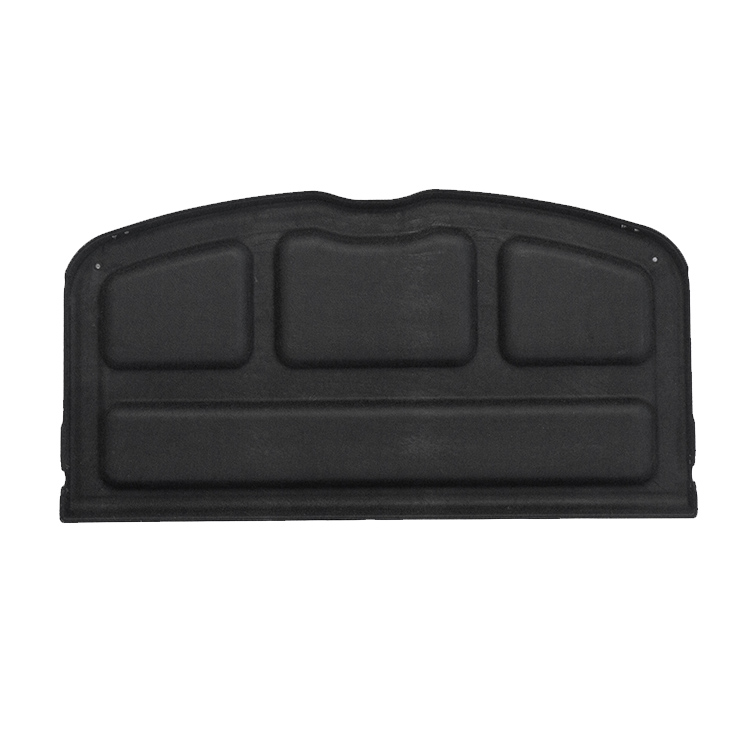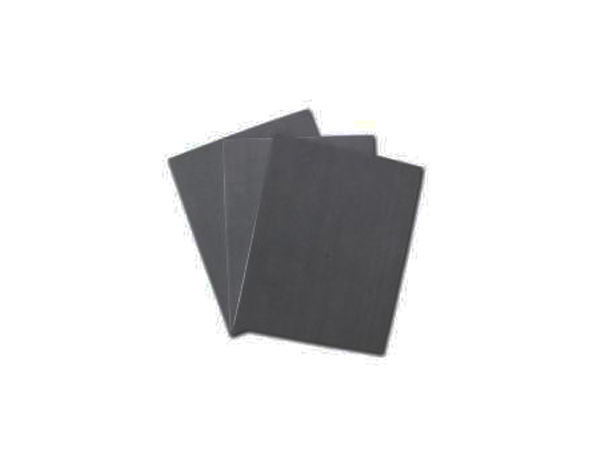As living standards rise, consumer demand for automobiles has shifted from simple transportation tools to the pursuit of comfortable mobile spaces. In-cabin air quality, especially the issue of odor, has become a focal point of consumer concern and one of the main sources of complaints. Therefore, effectively reducing in-cabin odor has become a pressing challenge for automakers.
Molded parts within the car cabin (such as the main carpet, headliner, package tray, etc.), due to their large surface area, have a significant impact on in-cabin odor. Among the various molded substrates, long glass fiber reinforced polypropylene fiber mat (referred to as PP fiberglass board or lightweight GMT material) is widely used in automotive package trays, headliners, and other components due to its light weight, dimensional stability, good performance in odor and VOC (Volatile Organic Compounds), simple molding process, and low cost. This article systematically investigates the main sources of odor in molded interior parts made from this type of material and proposes corresponding control methods.
Main Influencing Factors and Cause Analysis
1. Raw Materials
PP fiberglass board material typically consists of a three-layer structure: the top layer is a transparent adhesive film used for bonding to the decorative fabric after heating, the middle layer is a core skeleton composed of PP fibers and glass fibers, and the bottom layer is a non-woven fabric that serves a decorative purpose and prevents glass fiber exposure.
When evaluating the odor of these raw materials at room temperature, it was found that the adhesive film and non-woven fabric are essentially odorless, whereas the PP fibers and glass fibers have a noticeable odor.
Odor Source of PP Fibers: To enhance the spinnability of the fibers, a finishing oil is applied to their surface during the drawing process. This type of oil has a complex composition, usually consisting of low molecular weight mixtures, which can easily volatilize or decompose during high-temperature processing, generating odors and harmful substances. Therefore, a finishing oil with low odor and good thermal stability should be selected.
Odor Source of Glass Fibers: Firstly, to improve the compatibility between glass fibers and PP fibers, their surface needs to be coated with a modified finishing agent. This surface treatment agent, composed of coupling agents, film-forming agents, etc., has a strong odor itself. Secondly, some non-certified manufacturers may use recycled waste yarn (broken filaments), which also becomes a source of odor.
2. Material Production Process
Currently, the production of PP fiberglass boards in China mostly adopts a dry process. This process is divided into two steps: first, a PP fiberglass mat is made through purely physical and mechanical processing, including mixing, opening, carding, and needle-punching. This stage does not involve heating and does not contribute to odor.
The second step involves baking the PP fiberglass mat, attaching the adhesive film and non-woven fabric, and then roll-pressing it into a board. The baking process in this stage has a significant impact on odor. If the temperature is improper, the material can easily be scorched, producing an odor. Furthermore, the long and enclosed ovens on the production line should be equipped with an effective exhaust system to promptly remove odors generated during baking, preventing them from spreading into the workshop and causing cross-contamination.
3. Choice of Oven Type
Before compression molding, the substrate needs to be baked. Different types of ovens have a huge impact on the odor and performance of the part, and an improper choice can even produce a pungent burnt smell.
Contact Heating Plate Oven: Heats directly through thermal conduction, but its surface temperature can be uneven, easily leading to localized scorching of the board. This type of oven is more suitable for materials that only require surface heating, such as PP fiberglass honeycomb boards.
Far-Infrared Radiation Oven: Heats through thermal radiation, where the material does not come into direct contact with the heat source, allowing both the surface and core layers of the substrate to be heated simultaneously. Therefore, it is more suitable for materials like PP fiberglass boards that need to be heated through completely.
Hot Air Circulation Oven: Heats through thermal convection and is suitable for loose, porous cotton-felt-like materials.
Therefore, rationally selecting the oven based on the substrate's characteristics is a key step in controlling odor.
4. Part Processing Technology
The baking temperature and time during the part's compression molding process must be strictly controlled. Many suppliers, based on experience, adopt a "high-temperature, short-time" mode to increase efficiency, but this can easily lead to material degradation at high temperatures, thereby generating odor.
The purpose of baking is to melt the PP fibers to achieve plasticity and to melt the adhesive film for bonding the fabric. If the temperature is too low, the board will not be heated through, leading to part warpage and delamination; if the temperature is too high, it will degrade and produce a burnt smell. In a study on a PP fiberglass board with a grammage of 2000g/m², it was found that when the oven was set to a temperature of 220°C and the baking time was between 210 and 230 seconds, the produced parts had no issues with appearance or performance and did not generate a burnt smell, representing relatively ideal process parameters.
In actual production, various factors such as board grammage, ambient temperature, differences in material quality, part complexity, and equipment condition must also be considered.
5. Molding Equipment
To prevent rust, the surface of production molds is coated with anti-rust oil during storage. This oil can contaminate the parts during the production process. Therefore, before the first production run, the mold must be carefully inspected and cleaned. A clean white cloth can be used to wipe and check for oil stains; if found, they can be cleaned with industrial alcohol. To ensure product quality, it is recommended that the parts from the first few molding cycles not be used as final products.
6. Production and Storage Environment
The substrates of molded parts are mostly porous and highly adsorbent. Therefore, production and storage areas must be kept away from sources of odor contamination, and it is recommended that the workshops for interior and exterior parts be separated. At the same time, maintaining good air circulation on-site is crucial; this can be achieved by adding fans for timed ventilation to accelerate odor dissipation. Packaging materials should also be chosen with a breathable or perforated design. Following the "First-In, First-Out" (FIFO) warehousing principle and appropriately extending the storage time without increasing costs can also allow odors to dissipate more fully before vehicle assembly.
7. Post-Treatment Measures
In-cabin odor control is a systematic project, and fluctuations in any stage can affect the final result. When resolving odor at the source is too costly or technically difficult, some mass-producible post-treatment measures can be considered.
Baking: Pre-baking the substrate before it is molded to remove some of the odorous substances in advance.
Active Ventilation: Utilizing the porous nature of the material, using fans or natural wind to accelerate air circulation in the part storage environment to promote rapid odor dissipation.
Extending the Logistics Cycle: This is equivalent to indirectly increasing the ventilation time for the components.
Design Improvements: For example, placing off-line parts like headliners and package trays on storage racks that are open on all sides to achieve more effective ventilation and odor dissipation.
Conclusion
The research results indicate that to effectively control and improve the odor of PP fiberglass board-based molded interior parts, a set of systematic and comprehensive measures is required. These include:
Source Control: Selecting low-odor surface treatment agents for PP fibers and glass fibers.
Process Optimization: Choosing a suitable oven type based on material characteristics and setting appropriate baking temperatures and times based on the material's heat resistance.
Production Environment: Keeping mold surfaces clean and free of oil, ensuring the production and storage environment is free of odor sources and well-ventilated.
Post-Treatment: When necessary, accelerating odor dissipation through post-treatment methods such as forced ventilation.
By systematically managing and controlling all aspects, including raw materials, production processes, equipment, environment, and post-treatment, the odor performance of molded interior parts can be significantly improved, thereby enhancing the overall in-cabin air quality of the vehicle.




